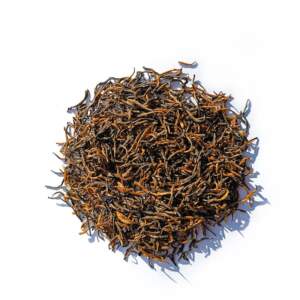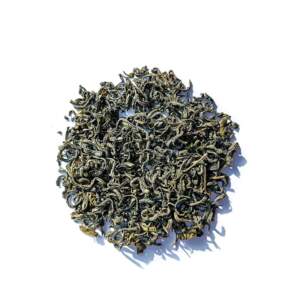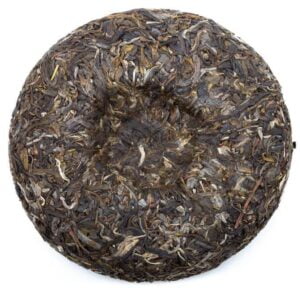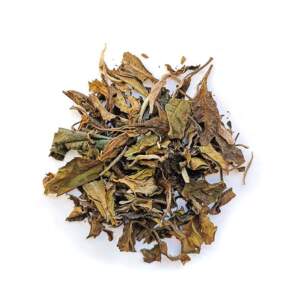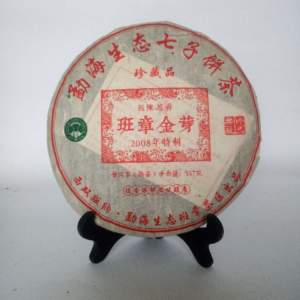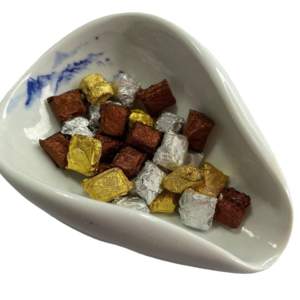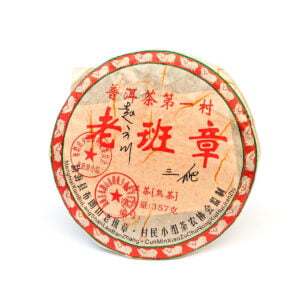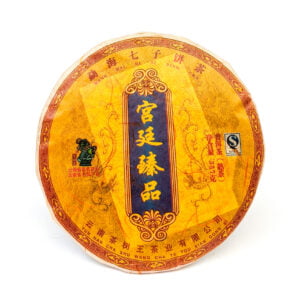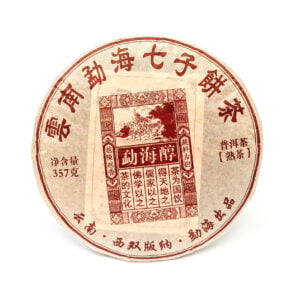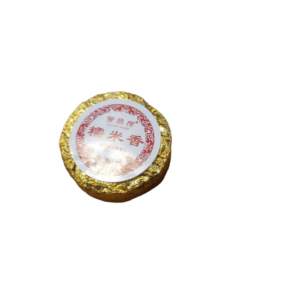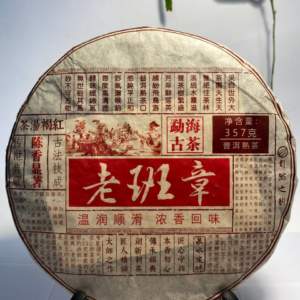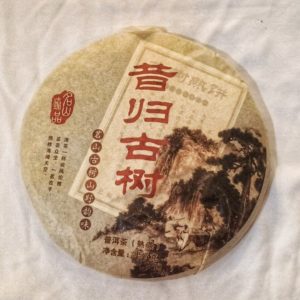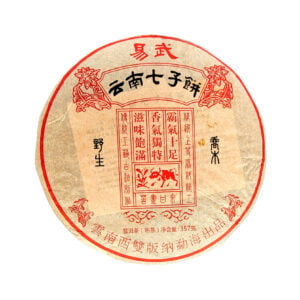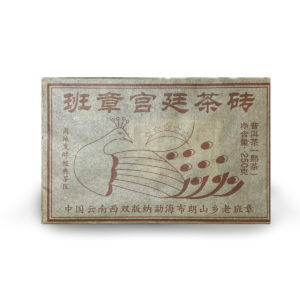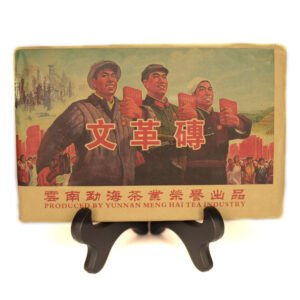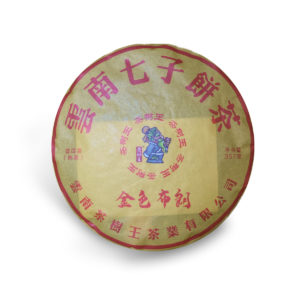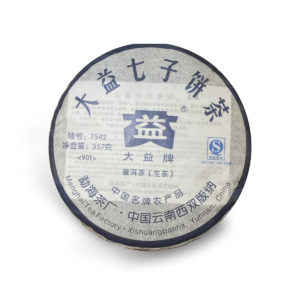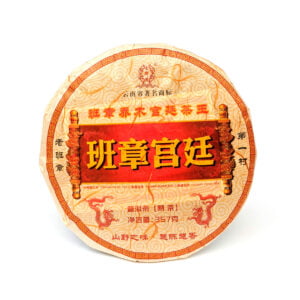Shu Pu erh Tea
Features of shu pu erh tea
SHU pu erh tea is the variety that is most widely used in tea shops. The technology for its production appeared only in the 1970s. Before that, only naturally ripened pu-erh was produced, which over time becomes much better and more expensive. It was sent for sale still raw, and it fell into the hands of the consumer already ripe. With the increase in demand and with the development of transport links, there was a need to accelerate the aging process of tea. Artificially aged pu-erh was called shu or black (red) pu-erh.
Production technology of dark pu erh
Shu Puerh is produced using the technology of wet stacking in dui (渥堆). Tea leaves are piled up and covered. During storage, it is mixed, sprayed with water and twisted. After the fermentation is completed, the leaves are steamed again, and also subjected to high temperature to stop the fermentation process and sent for packaging.
At the same time, each manufacturer has its own secret method for the production of shu pu-erh. The properties of such tea depend on the place where the tea trees grow, the weather, the secrets of production, the period of fermentation, as well as the bacteria in the stacks of tea leaves.
Forms of selling shu pu erh tea
Shu Pu-erh can be sold both pressed and loose. In the aroma of young shu, earthy notes are felt, which gradually replace the aromas of wood, nuts, chocolate and caramel.
Useful benefits of shou puerh
SHU-pu-erh has a positive effect on the gastrointestinal tract, the state of blood vessels, as well as on the body as a whole. This is possible due to its composition, since shu-puer contains a variety of trace elements and vitamins. There are no contraindications to the use of this type of tea. Care should be taken with the water temperature (90 degrees) for brewing shu and do not drink it on an empty stomach.

